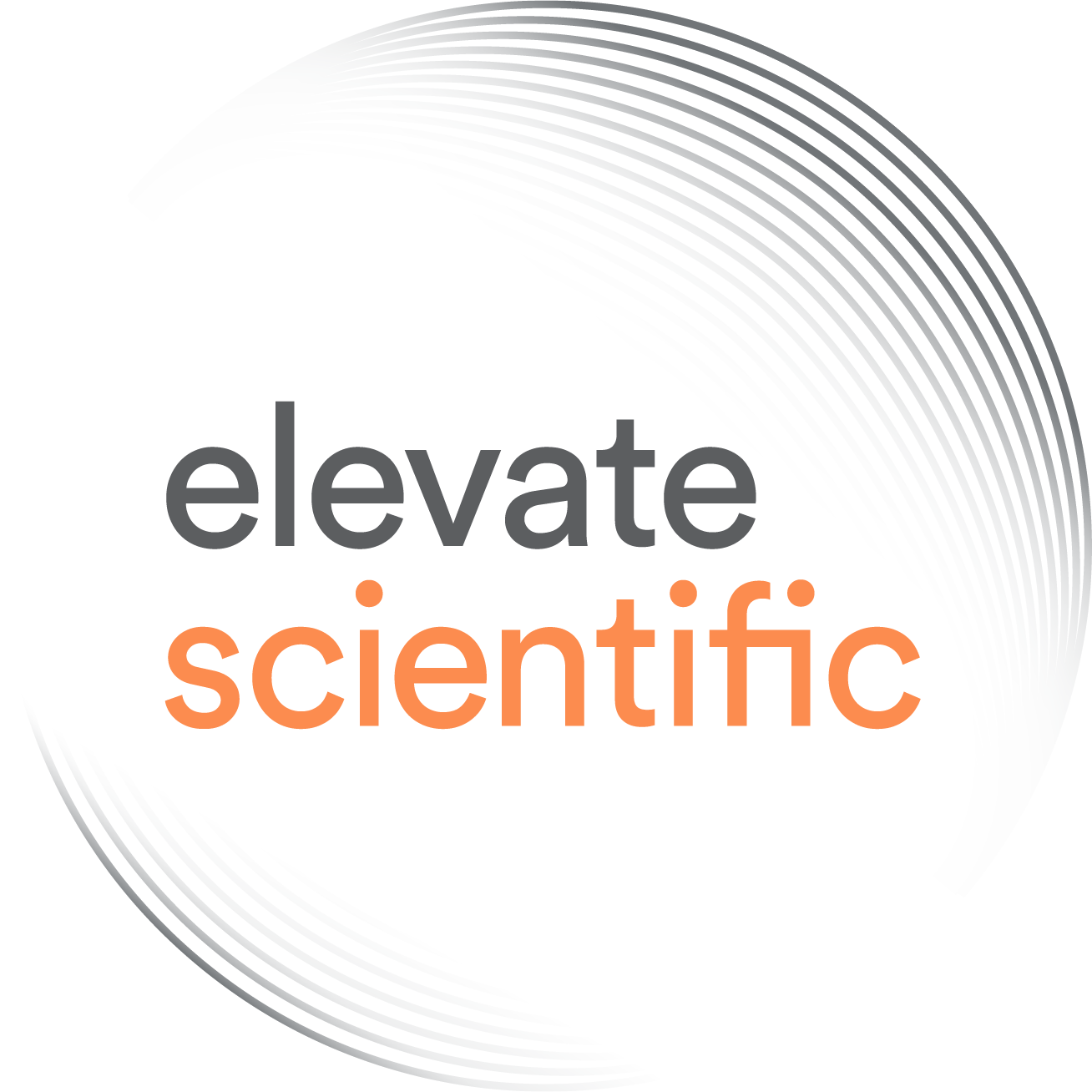First instalment of assessment by the Swedish Research Council reveals that Sweden is well-placed internationally in terms of research funding and staff as well as highly cited publications. But future assessments should consider broadening the indicators used.
T he Swedish Research Council (Vetenskapsrådet – VR) recently published Forskningsbarometern (Research Barometer), an assessment of the Swedish research landscape in comparison to other countries. The report, which focuses on the past decade and draws on multiple data sources1, presents an analysis of three key areas associated with the Swedish research system: 1) funding, 2) staff, and 3) publications. It concludes that Sweden compares very well internationally in terms of R&D funding in relation to GDP and number of researchers and highly-cited publications in relation to Sweden’s population, but that there’s room for improvement, not least in closing the major gender gap at the top of the academic ladder.
The assessment found that industry funding for R&D decreased, while government-funding increased during 2001-2013. In 2013, the research expenditure amounted to approximately 125 million Swedish Krona (approximately 13 million Euro), with about a 60/40 split between industry and government-funding. Only a small portion of the industry-funding (around 14%) was dedicated to basic and applied research; the bulk of the funding was spent on development.
In an international comparison, Sweden ranks in the top five when it comes to funding in relation to GDP. In 2013, the top five countries ranked by R&D funding as a proportion of GDP were South Korea (4.15%), Japan (3.47%), Finland (3.31%), Sweden (3.30%) and Denmark (3.06%).
The number of research staff in Sweden has increased steadily during 2001-2015. Specifically, the number of personnel with research and teaching duties increased by 32%. The increase was even higher (80%) when considering only PhD-level research staff. While the gender gap has steadily narrowed across the board during the same time period, close-to-equal gender distributions were realized only at the PhD student, postdoc and lecturer levels. In contrast, men continue to dominate professor positions, with women holding only 25% of the professorships.
In an international perspective, only Finland and Denmark have more researchers in proportion to the working population. And although there are large gender gaps in the academic workforce, Sweden has some of the most equal staff compositions internationally with 33% female staff, which places Sweden behind the UK (38%), Norway (37%) and Denmark (35%).
Sweden also ranks well internationally in terms of output of research publications. It is among the countries producing the most research publications per capita, with the total volume of publications increasing by 8% during 2002-2014. During 2002-2004 Sweden and Switzerland published the most publications per capita. Since then, Denmark has overtaken Sweden, with Switzerland still at the top.
Sweden is also above the world average in most research fields regarding the number of publications that are within the top ten percent of the most-cited publications; it places 7th after Singapore, Switzerland, USA, Netherlands, UK and Denmark.
Although the assessment shows Sweden compares well to other countries in research funding, staff and publications, it falls short in assessing research outputs beyond publications and citations. Many publications are rarely or never cited. And even if they are cited, only about 20% of the cited papers are read, according to an estimate.
So-called altmetrics – metrics that are complementary to bibliometrics – could perhaps be one way to obtain a more nuanced assessment of the impact of research, in particular of how research is used beyond academia. As one article elaborates, examples of impacts beyond pure citations could be:
- Societal impact: references to research in public policy documents, patents, Wikipedia.
- Educational impact: research papers and books that are used in syllabi.
- Public engagement and outreach: press coverage, social media mentions, downloads and views of research material.
Metrics alone are of course no replacement for narrative-based assessments that take into account individual works and their contexts. And there is much work to be done by funders, research institutions and policy-makers to agree on a set of nuanced metrics and use these responsibly. But such developments are needed to change the publish-or-perish-mindset that permeates many aspects of the current research climate.
Funders such as the Swedish Research Council have a key role to play, and we hope that the next instalment of its Research Barometer will build on its first assessment, a commendable effort in its own right. Future assessments should include a more diverse and nuanced set of indicators and analysis that could provide a better understanding of the Swedish research landscape and provide guidance on how to maximize impact2.
1The Swedish Research Council produced the assessment with data from Statistiska Centralbyrån (a Swedish governmental agency supplying statistics), OECD (The Organization for Economic Co-operation and Development), UKÄ (The Swedish Higher Education Authority) and Web of Science (Thomson Reuters).
2See also our earlier post “In search of impact” for a discussion of recent thinking on this issue.


